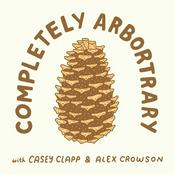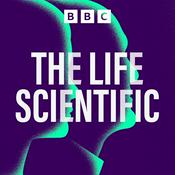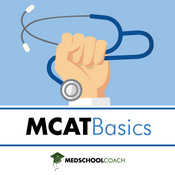192 episodes

Episode 188 - Prehospital OB Updates 2025
12/01/2025 | 29 mins.
Recently, some paramedics, obstetricians, and EMS medical directors were locked in a room and produced some fantastic collaborative prehospital guidelines for managing post-partum hemorrhage, eclampsia, and pre-eclampsia. Have a listen, take a look at the guidelines (links below), and we'll all take better care of our pregnant/post-partum patients. REFERENCES 1. https://naemsp.org/news/now-available-new-ems-obstetric-emergency-guidelines/

Episode 187 - EMS Airway Updates 2025 - Part 1
11/03/2025 | 26 mins.
There are always airway management questions floating around the Department of Clinical Services here at MCHD. "Why don't we intubate our cardiac arrest patients like we used to?" "MCHD has been hyper-focused on recording video laryngoscopy over the past year. Why?" Join the podcast crew to discuss recent EMS airway literature that helps us answer these questions and provides invaluable tips. This is part one of a two-part series. REFERENCES 1. Galinski, M., Tazi, G., Wrobel, M., Boyer, R., Reuter, P. G., Ruscev, M., Debaty, G., Bagou, G., Dehours, E., Bosc, J., Lorendeau, J. P., Goddet, S., Marouf, K., Simonnet, B., & Gil-Jardiné, C. (2025). Risk factors for failure of the first intubation attempt during cardiopulmonary resuscitation in out-of-hospital emergency settings: What about chest compression?. Resuscitation, 214, 110623. 2. Brenne, N., Brünjes, N., Rupp, D., Sassen, M. C., Jerrentrup, A., Wulf, H., Heuser, N., & Volberg, C. (2025). Success of airway management in out-of-hospital cardiac arrest using different devices - a prospective, single-center, observational study comparing professions. Scandinavian journal of trauma, resuscitation and emergency medicine, 33(1), 109. 3. Bryan, A., Feltes, J., Sweetser, P. W., Winsten, S., Hunter, I., & Yamane, D. (2025). Hyperangulated video laryngoscopy in the emergency department: An analysis of errors and factors leading to prolonged apnea time. The American journal of emergency medicine, 95, 153–158.

Episode 186 - A Paramedic's Guide To The Opiate Epidemic
10/06/2025 | 31 mins.
We're lucky to have a special guest on this podcast episode to discuss a topic that, unfortunately, all of us in emergency care encounter all too frequently: the opiate epidemic. Peter Canning is a paramedic who has lived through the epidemic while working on the ambulance in the New England epicenter. This discussion navigates Peter's progression through newer terminology like stigma and harm reduction in an effort to provide compassionate and best-practice care for our OUD patients. REFERENCES 1. https://www.press.jhu.edu/books/title/12438/killing-season?srsltid=AfmBOopOX3Wpf9blJDuiJbwOCKyNCACoxU2IixIMtLg1N1a-wYTGeEmr 2. https://www.press.jhu.edu/books/title/53796/friends-and-family-guide-opioid-overdose-epidemic

Episode 185 - Chest Pain - The Next 30 Minutes
9/09/2025 | 43 mins.
We're going to take our "Serial Killers" series and continue into the transition from the ambulance to the emergency department. What happens to the patient with chest pain once the ER doctor takes over? How does the workup advance? What imaging is ordered? What labs? Join us to discuss the "next 30 minutes" for the serial killer chest pain patient.

Episode 184 - Recording Video Laryngoscopy In EMS
8/11/2025 | 30 mins.
On this episode, the podcast crew discusses the recent introduction of video laryngoscopy with recording capability at MCHD. What device did you use? How did you train? What lessons have you learned? All these and more will be addressed and answered. REFERENCES: 1. Zhao, Y., Zang, B., & Wang, Q. (2024). The Effectiveness of Bougie Use on First-Attempt Success in Tracheal Intubations. Annals of emergency medicine, 84(3), 331–332. 2. Weingart, S. D., Barnicle, R. N., Janke, A., Bhagwan, S. D., Tanzi, M., McKenna, P. J., Bracey, A., & Resuscitationists Research Group (2023). A taxonomy of key performance errors for emergency intubation. The American journal of emergency medicine, 73, 137–144.
More Science podcasts
Trending Science podcasts
About MCHD Paramedic Podcast
Listen to MCHD Paramedic Podcast, The Rest Is Science and many other podcasts from around the world with the radio.net app
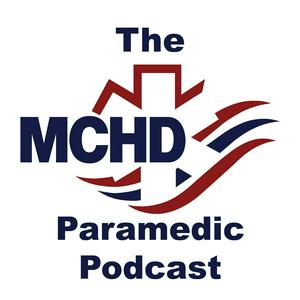
Get the free radio.net app
- Stations and podcasts to bookmark
- Stream via Wi-Fi or Bluetooth
- Supports Carplay & Android Auto
- Many other app features
Get the free radio.net app
- Stations and podcasts to bookmark
- Stream via Wi-Fi or Bluetooth
- Supports Carplay & Android Auto
- Many other app features


MCHD Paramedic Podcast
download the app,
start listening.




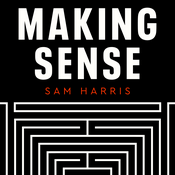

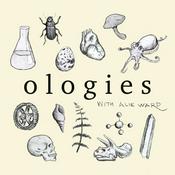
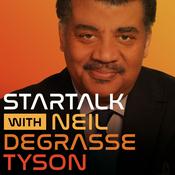

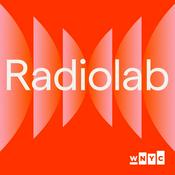













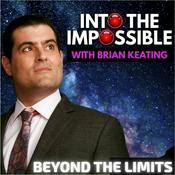




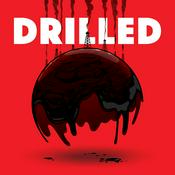
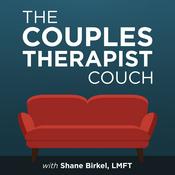



![Podcast Cosmosis [Formerly The UFO Rabbit Hole]](https://www.radio.net/podcast-images/175/the-ufo-rabbit-hole-podcast.jpeg?version=c4cfeed14331265219e0263fd62be755644a8cf4)
